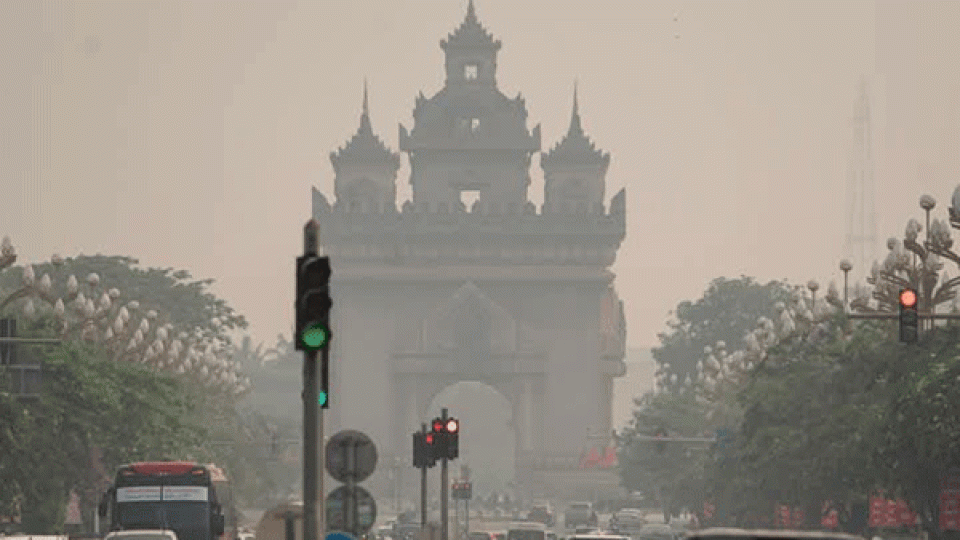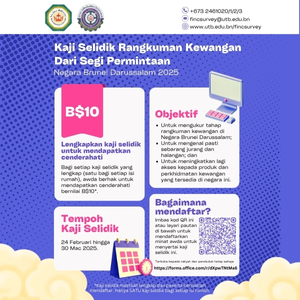VIENTIANE (ANN/VIENTIANE TIMES) – Air pollution due to agricultural burning is affecting all parts of the country, with the worst levels recorded in Xieng Khuang, Xayaboury and Xekong provinces and in Vientiane, the Natural Resources and Environment Research Institute reported on Tuesday.
Individuals with asthma, any chronic lung disease or cardiovascular disease are at risk of exacerbated symptoms, and the Ministry of Health advises people to wear a face mask at all times when outside to minimise inhalation of fine ash or dust.
The highest PM2.5 concentration was recorded at 284 micrograms per cubic metre in Kaeng village, Xayaboury district, Xayaboury province, with an Air Quality Index (AQI) of 300.
AQI categorises pollution levels as follows: 0-50 (good), 51-100 (moderate), 101-150 (unhealthy for sensitive groups), 151-200 (unhealthy), 201-300 (very unhealthy), and above 300 (hazardous).
Other areas where air quality was recorded at very unhealthy levels include Phongsaly, Oudomxay, Borikhamxay, Attapeu, Saravan, Xaysomboun and Vientiane provinces, posing health risks to sensitive groups such as children, the elderly, and people with pre-existing respiratory conditions.
The Haze Monitoring Division of the Natural Resources and Environment Research Institute notes that Laos faces severe air pollution annually during the dry season. In April and May, dense smog blankets numerous areas of the country, primarily caused by farmers burning fields to prepare for the next planting cycle.
Throughout this period, high temperatures, low wind speeds, and high humidity entrap PM2.5 particles, resulting in significant air pollution.
The Ministry of Natural Resources and Environment estimates that 30 per cent of PM2.5 pollution in Laos results from the burning of garbage, forests, and farmland. Other significant sources include vehicle emissions in urban areas and industrial plants using unclean forms of energy.








